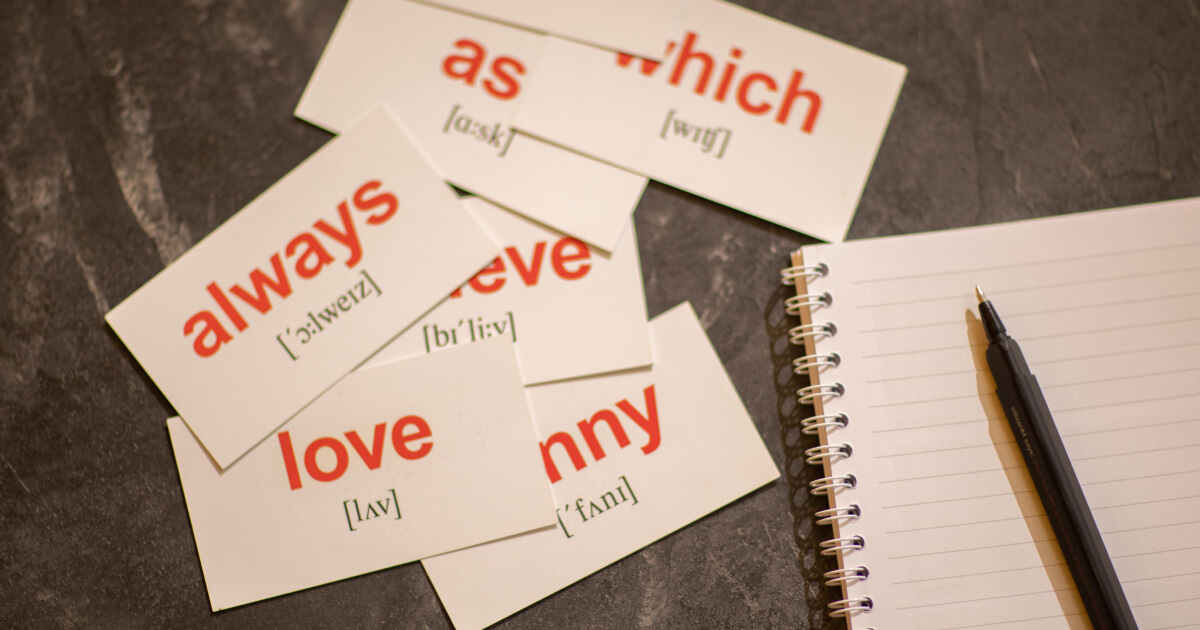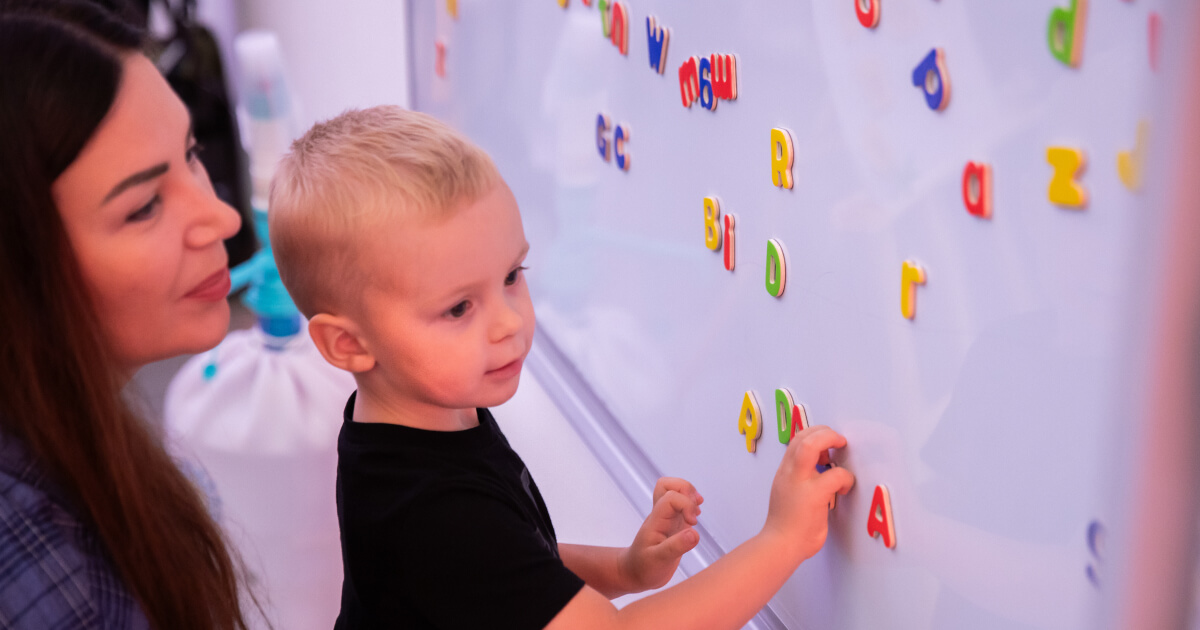Text memorization: to be or not to be?
- Teaching qualifications
- Activities
- Tips & Strategies
- Methodology

06.01.2025
Learning about parts of the body is an essential and fascinating topic, especially when presented in an engaging way.
Modern students benefit from interactive approaches that include games and hands-on activities.
In this article, we’ll explore how to teach parts of the body in a fun and engaging manner during your ESL lessons.
Firstly, vocabulary related to parts of the body is widely used in everyday life.
Secondly, it forms a fundamental foundation, allowing learners to confidently use the language in practical situations.
With this knowledge, students can easily explain where they feel pain or describe what has happened to them.
For example, they can communicate with a doctor, explaining their issue, or navigate unexpected situations while travelling.
This knowledge enhances their ability to interact effectively with the world around them.

Play and teach English with flashcards
Join our courseTo play this game, you will need cards with pictures of body parts such as head, arm, leg, nose, mouth, ear, eye, hand, foot, back, stomach, and shoulder.
The cards should display images without any labels.
Give one card to each player and call out the names of body parts aloud.
Players must locate the corresponding image on their card and write the number next to it in the order in which the parts are mentioned.
The first player to correctly number all the pictures on their card should shout "Bingo!" to win the game. Make sure to check their answers to verify the winner.
To increase the difficulty level, instead of simply naming the body part (e.g., "nose"), provide a description such as: "This is what you use to smell."
This approach not only makes the game more engaging but also helps players learn the names of body parts, develop their listening skills, and improve their English comprehension.
How to create an effective ESL icebreaker?
In this game, students work in pairs.
One student gives instructions, while the other draws.
It’s important to emphasise that they should communicate only in English.
The student giving instructions describes how the monster should be drawn.
For example: "Draw a monster with three eyes. Add two arms. It has a long tail and sharp teeth."
To make the activity even more engaging, you can include colours, such as: "The monster has red lips and yellow eyes."
The student drawing listens carefully and tries to create the monster based on the description.
After the first round, the students switch roles so that both have the opportunity to practise giving instructions and drawing.
At the end of the game, you can hold a contest to decide which monster is the funniest or the most detailed.
This is a classic song that works perfectly for teaching body parts in ESL lessons.
Start by introducing the students to the names of the body parts mentioned in the lyrics.
Practise their pronunciation as a group, demonstrating where each body part is in English.
Play a video of the song and, if needed, slow it down at first to help the students follow along.
Gradually increase the speed to challenge them to keep up with the tempo.
You can also use this activity as a fun and engaging break during the lesson to let students relax while staying involved in the learning process.
This well-known game can easily be adapted to the topic of body parts. It’s a great way to help students practise vocabulary and improve their attention skills.
Students should follow the instructions only if they begin with the phrase "Simon says."
For example:
"Simon says, touch your head!" — all students touch their heads.
However, if you say "Touch your nose!" without the phrase "Simon says," students must not perform the action.
To make the game more engaging, introduce imaginative scenarios into the activity.
For instance:
"Simon says, pretend you’re brushing your teeth."
"Simon says, pretend you’re washing your hands."
“Simon says, pretend you’re putting on lipstick.”
Prepare a set of cards with pictures of different body parts.
Explain to the students that they need to look closely at the cards and memorise which body parts are shown.
Then, one student should close their eyes while you hide one of the cards.
After that, the students open their eyes and have a few seconds to examine the remaining cards and figure out which body part is missing.
Students can play this game in pairs, taking turns to guess what’s missing from the cards.
This activity encourages students to actively memorise the images, which helps develop their cognitive skills.
It also keeps students engaged and aids in faster learning of the body parts vocabulary.
To improve your qualifications, it's important to take online courses for English teachers.
These courses give you the flexibility to study whenever and wherever it suits you.
Moreover, our platform provides free demo versions, allowing you to explore the materials before committing to the full course.
Start investing in your professional development today!

Alphabet games & activities for ESL students
Read moreTeaching this essential topic can sometimes feel challenging for new teachers, as it’s not always easy to make the material both creative and engaging.
Here are some practical tips to help you deliver an effective, enjoyable, and memorable lesson on parts of the body.
Use visual aids
New vocabulary is much easier to remember when presented visually.
Use flashcards, images, or worksheets featuring a person’s body with labelled parts.
These tools help students immediately link the images to the words, building strong associations.
Incorporate physical activity
Children thrive on movement, and giving them a chance to get active will make the lesson much more engaging.
Activities like the Head, Shoulders, Knees and Toes song or interactive games with body parts, such as Simon Says work perfectly for this.
You can also use these activities during other lessons to help students re-energise after sitting for extended periods.
Prioritise pronunciation
Getting pronunciation right from the start is critical.
If students learn words incorrectly, it will be much harder for them to adjust later.
Dedicate time to practising their pronunciation using speaking games, repetition exercises, or audio recordings.
How to implement TBL in YL classroom?
Combine themes
To reinforce the vocabulary for body parts, integrate it with the next topic in your lessons.
For instance, body parts activities pair well with themes like clothing or grammar topics such as the Present Simple.
When discussing routines, you can use sentences: “I wash my face every morning” or “I always wash my hands before eating.”
By blending this vocabulary with other topics and incorporating gamification, you’ll keep the lesson dynamic and interesting.
In summary, you have a wonderful opportunity to make the topic of body parts both engaging and memorable for your students.
By following the tips provided and integrating games and activities, you can make it easier for students to retain the material.
Unleash your creativity and deliver lessons your students won’t forget!
Kateryna Kuchynska
Author
Content Manager | Teacher of General English
Comments
Leave your comment